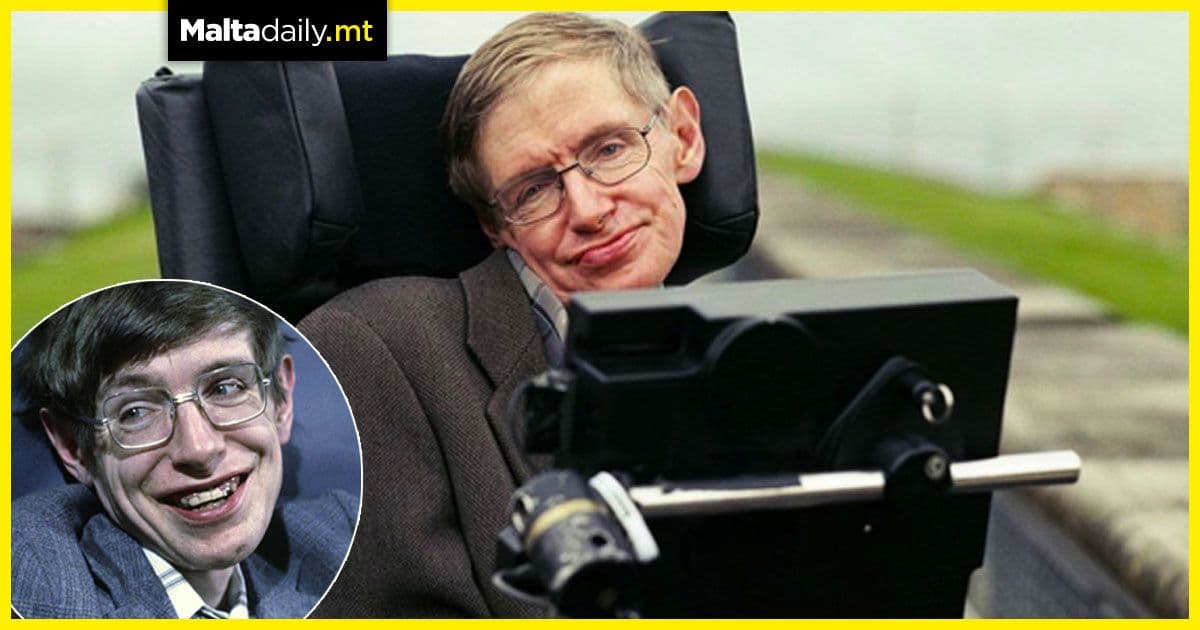The Extraordinary Life of Stephen Hawking

There are particular names which come up when discussing the history of science; Einstein, Newton, Galileo, Curie… Among these giants of contribution to human knowledge and progress is Stephen Hawking, who passed away in March of 2018. Hawking’s story is one filled with breakthrough and tragedy, inspiration and gratitude. What were Hawking’s contributions to humanity as we know it?
Stephen William Hawking was born in Oxford in 1942 into a family of doctors. He kicked off his education by receiving a first-class BA degree in physics and started to work at Trinity Hall, Cambridge. He eventually acquired a PhD in applied mathematics and theoretical physics in 1962. Just a year later, he was diagnosed with a slow-progressing form of motor neurone disease (ALS).
Hawking contributed to the discovery that black holes emit radiation (subsequently called Hawking radiation). This was a very controversial hypothesis, but it became widely accepted by the late 1970s. Hawking was also the first to set out a theory of the cosmos which unified the general theory of relativity and quantum mechanics, two fields which were previously deemed incompatible.
What was notable about Hawking was his science communication. Hawking’s own book ‘A Brief History of Time’ became a best seller among non-scientists, with the scientist providing an insight into how discovery actually works within the laboratory. An annual award was initiated in 2016 called the ‘Stephen Hawking Medal for Science Communication’ to honour members of the arts community for their contributions to help raise awareness of science.
One of Hawking’s biggest wishes was to travel to space, a desire he unfortunately did not get to experience before he passed away. He revealed his wish during a BBC interview, with English business investor and author Richard Branson offering the scientist a free flight into space with Virgin Galactic. Hawking immediately accepted, and promptly took a zero-gravity flight in a reduced-gravity aircraft in 2007. Commercial flights to space however did not start before his death.
Other ways Hawking contributed to science communication included publishing a children’s book alongside his daughter Lucy called ‘George’s Secret Key to the Universe.’ Hawking also supervised around 39 successful PhD students, going on to himself contribute more about researching black holes, string theory and the cosmos. Hawking’s life prompted the release of the 2014 film ‘The Theory of Everything’.
The 2014 biographical film about the scientist captures his battling of his disease and his relationship with ex-wife Jane Hawking. The film was met with quite a lot of praise, but Jane later commented revealing that the film somewhat misrepresented their relationship. The two established a professional-relationship after their divorce.
Despite losing his speech and using a speech-generating device to communicate, Hawking has went on to spread awareness of science and knowledge to hundreds of scientists and everyday people. His contributions have impacted the academic community but also the avid enthusiast reading his books on the bus. Hawking is an example of how the spark for innovation coupled with determination is able to overcome all obstacles.
#MaltaDaily


